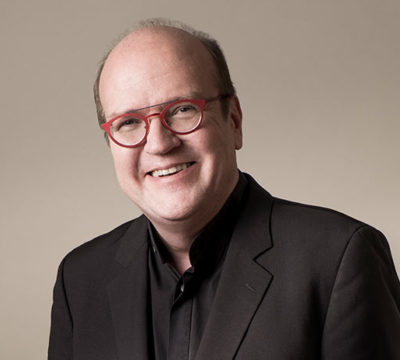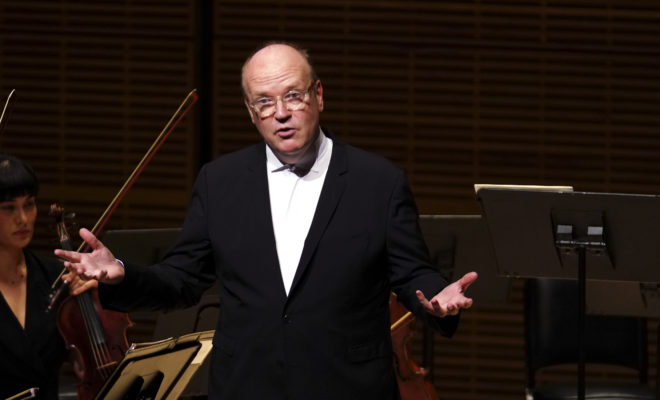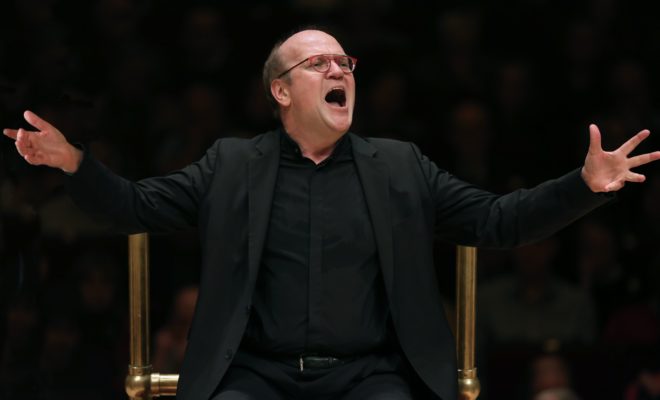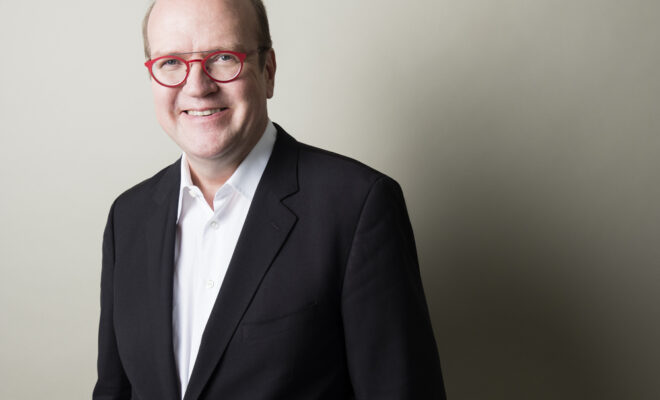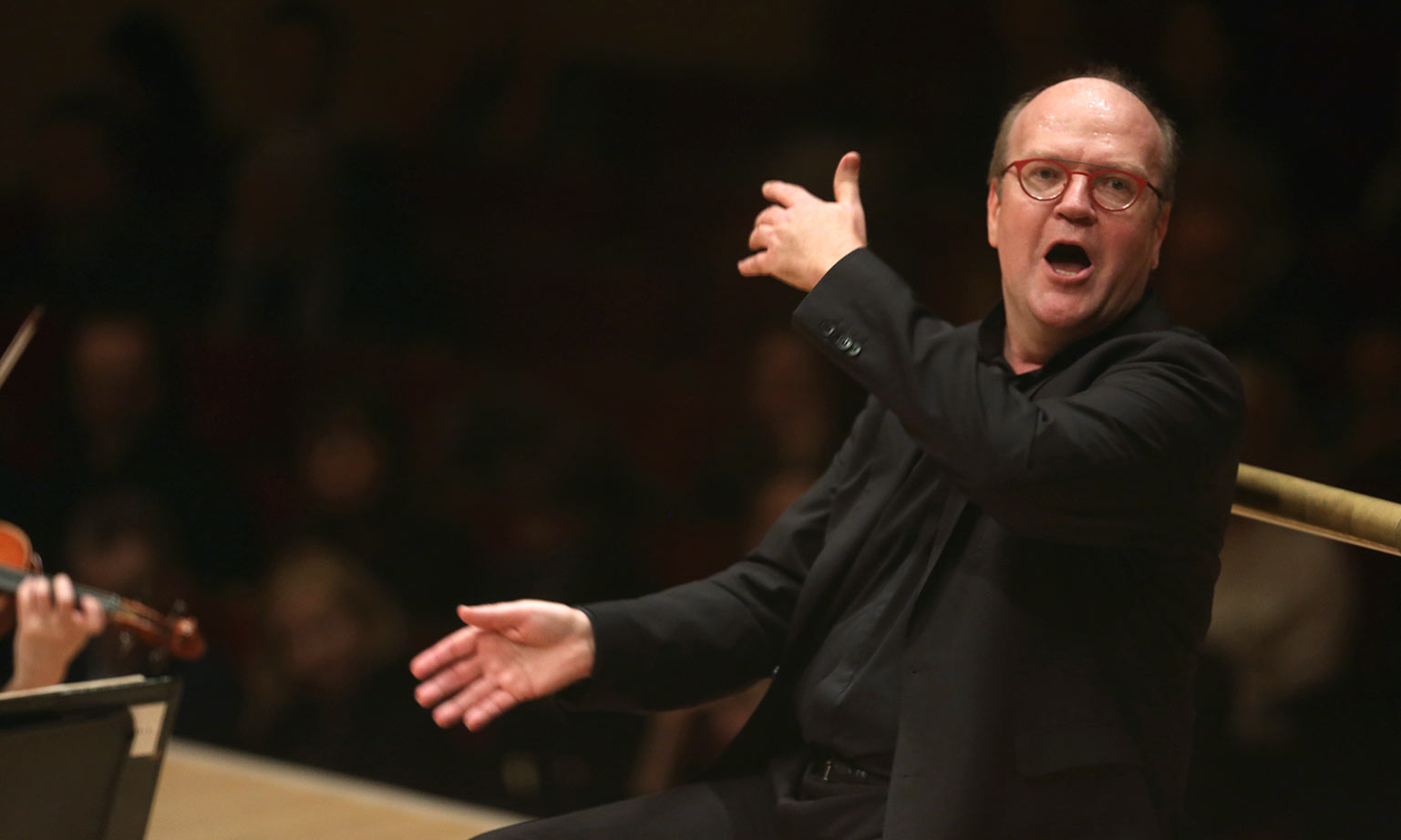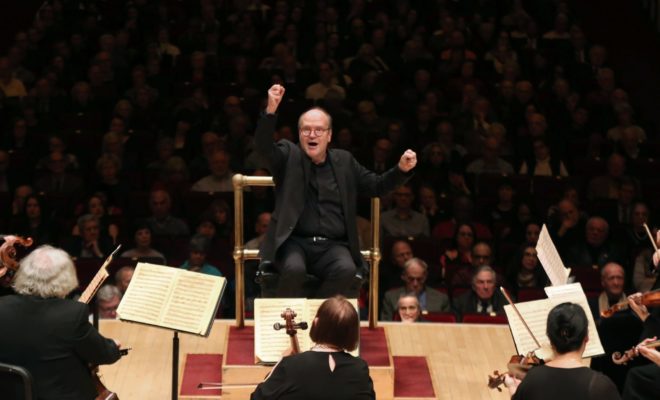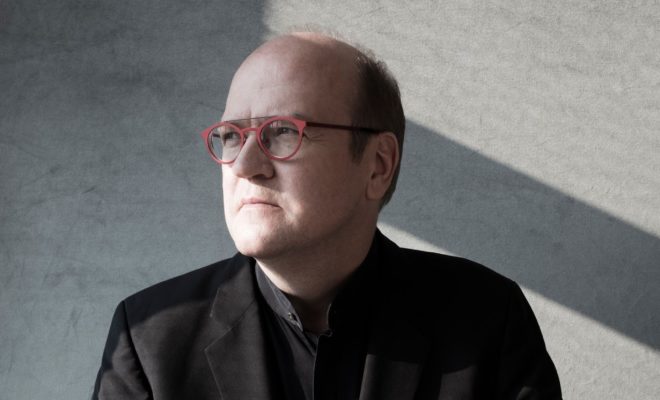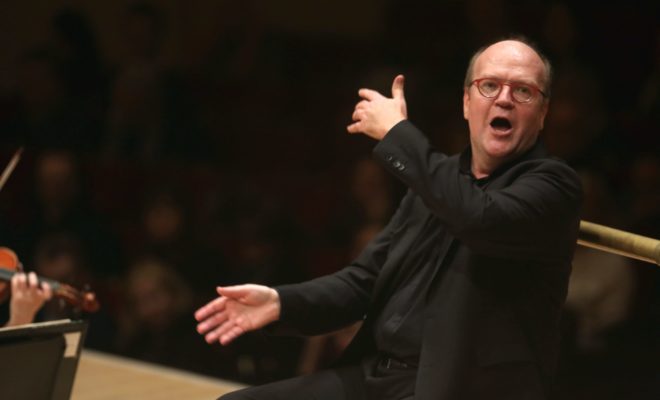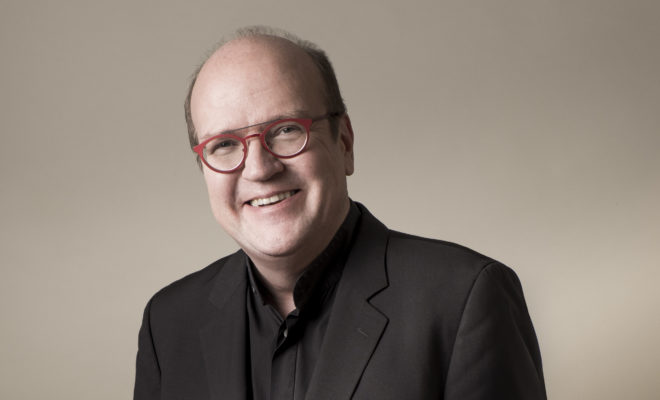Here we have an arrangement of one of Bach’s most famous compositions for the organ, the Passacaglia (or Passacaglia and Fugue) in C minor BWV 582.
Though Bach was a fluent performer of violin, viola, and many keyboard instruments, his primary instrument was the organ, and his reputation during his lifetime was based mostly on that part of his activity. Bach was such a respected figure in the organ world that he was often hired to evaluate instruments in need of repair or supervise the building of new ones.
His keyboard music (which he performed either on the harpsichord, the organ, the clavichord or the enigmatic Lautenwerck) is a treasure trove of repertoire available to transcribers of all trades. His “theoretical” contrapuntal works without specific instrumentation (The Art of the Fugue, parts of The Musical Offering) are all playable on the keyboard and were created for it.
When he doesn’t indulge in virtuosic toccata-like writing, Bach very often composes keyboard music using clearly defined voicing patterns, that is, pieces squarely written in two, three, four or even five voices that are fully realized throughout. As a result, most of his fugues, canons or chorales for keyboard (with pedal in organ works) can be readily transcribed by ascribing each voice to a single instrument.
Emanuel Aloys Förster (a little-known Viennese master) and Mozart were among the first to do this, by transcribing fugues from the Well-Tempered Clavier for string quartet. Since the late 18th-century, numerous other attempts have been made using every possible combination, culminating with the iconic Switched-On Bach and Well-Tempered Synthesizer recordings by Wendy Carlos in the late 60s.
Most arrangements use instrumental combinations that appeared after Bach’s life, often quartets of all nature: string quartet, brass quartet, clarinet quartet, saxophone quartet, and a hodgepodge of mixes thereof. What is unique about the arrangement I am highlighting here, is that it is an instrumental formation that was in favor before Bach’s time: a consort of violas da gamba, in a recording by the fabulous British group Fretwork. I owe a thanks to my friend Jean-François Rivest who introduced me to this stunning recording many years ago.
The viola da gamba family was immensely popular during the Renaissance and the first half of the baroque era. It was slowly replaced by the violin family starting at the beginning of the 18th century but survived longer in France and remained for a very long time associated with the idea of French style. During Bach’s youth, the instrument was still living alongside the violin family, and he used it in some of his early compositions like the cantata Actus tragicus BWV 106 from around 1708. The viola da gamba becomes rarer in his music as time goes by. It makes a noted appearance in the sixth Brandenburg Concerto, and Bach later employs it in some of his most profound compositions. It is the instrument of the heart at the moment of Jesus’ death (Es ist vollbracht) in the St. John Passion or the painful bearing of the cross (Komm sübes Kreuz) in the St. Matthew Passion.
The Passacaglia BWV 582 is one of Bach’s most famous organ pieces, alongside the Toccata and Fugue in D minor and the Fantasy and Fugue in G minor. We don’t know when it was composed, but he penned it most likely during his early years in Arnstadt, Mülhausen or Weimar at the latest. Its complexity and sheer weight are overwhelming: twenty variations on an aching eight-bar ostinato line (possibly borrowed in part from the French composer and organist André Raison) followed by a full-scale fugue on a subject derived from the ostinato. Bach’s imagination and dramatic flair throughout the variations are unlimited: the different textures and contrasts never cease to amaze the ears and fill the soul with excitement and wonderment.
What is fascinating with this arrangement for gambas is that it boils down the massive structure of the piece to its lyrical bare bones. The variety of colors and the power shifts of the original as performed on the organ are replaced by an absolute clarity and transparency of the music: each voice is equal in volume and presence, and the amazing richness of the polyphony becomes obvious. It’s like admiring a great painting by altering the lighting on the wall: it becomes something different, and all of a sudden you might notice colors or details you had not noticed before.
An arrangement never replaces the original. It’s never better than the original; it’s just a different take on it. The greatest masterpieces always benefit from being approached from different angles, in different light and at different times in our life. Masterpieces (in any form) benefit from a fresh look which compels us to reconsider our vision of the world. If a successful arrangement doesn’t make the original better, it can however improve our understanding of it. Maybe it even makes us better in the process.
Program
Johann Sebastian Bach
Passacaglia in C minor, BWV 582
